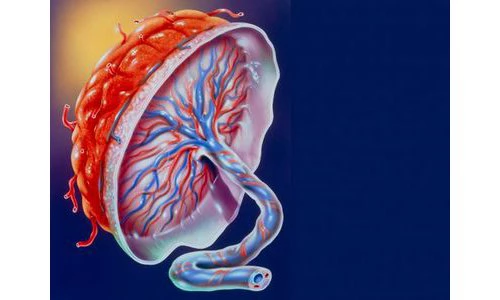The study successfully developed a 3-D model of human placenta

The study successfully developed a 3-D model of human placenta

Copyright © iCell Bioscience Inc, Shanghai 2018-2019
The placenta is an organ that connects the mother and the fetus. Its main function is to promote the exchange of nutrients, gases, metabolites and hormones and other substances essential for embryonic development. Placental dysfunction is the main cause of complications during pregnancy, which often leads to The occurrence of abortion and other serious diseases can seriously endanger the health of mothers and fetuses. Researchers are not aware of the molecular mechanisms behind placental dysfunction, in part because researchers do not have a reliable human cell culture model system available for research.
Recently, a research report published in the international magazine Stem Cell Reports, scientists from the Vienna Medical University successfully developed a 3-D model of human placenta through research.

Researchers say that in the past few years, researchers have been able to create 3D tissue culture models called "organs" for many different human organs. In many cases, these organs are composed of the cell types of their respective tissues. Compared with the original organs, it also has a simple structure. In this study, the researchers tried to develop a model of the organelle of the placenta, which consists of a mainstream placental cell population called trophoblast cells.
Since this pure trophoblastic organ has no vascular or connective tissue components, this model can well reflect the special placental structure of the trophoblast in the culture dish, which can be achieved by optimizing the culture conditions, and At present, researchers have successfully applied to the study of organ-like models in other tissues. The obvious advantage of placental organs is their self-assembly, self-renewal and sustained growth characteristics. In addition, this 3D structure also contains three major cell types of the human trophoblast cell population.
The researchers point out that this organ-like model can now be used to study the key role of the WNT signaling pathway in the self-renewal and differentiation of trophoblastic organs, which can also be manipulated at pharmacological and genetic levels. It may help researchers delve into the physiological and pathophysiological processes of the human placenta.
In fact, there is currently no self-renewing cell culture model system related to human embryos to study the molecular mechanism of placental dysfunction. Establishing this new placental organ system can help improve this situation and help researchers develop New drugs and a variety of new therapies for treating gestational disorders in pregnant women.
 Loading ....
Loading ....
